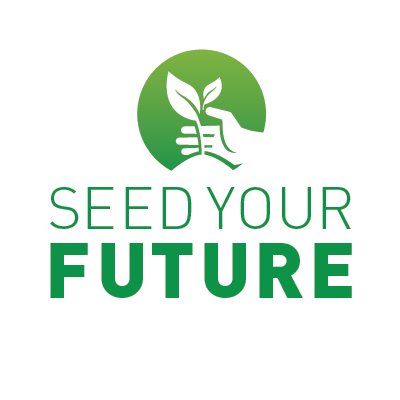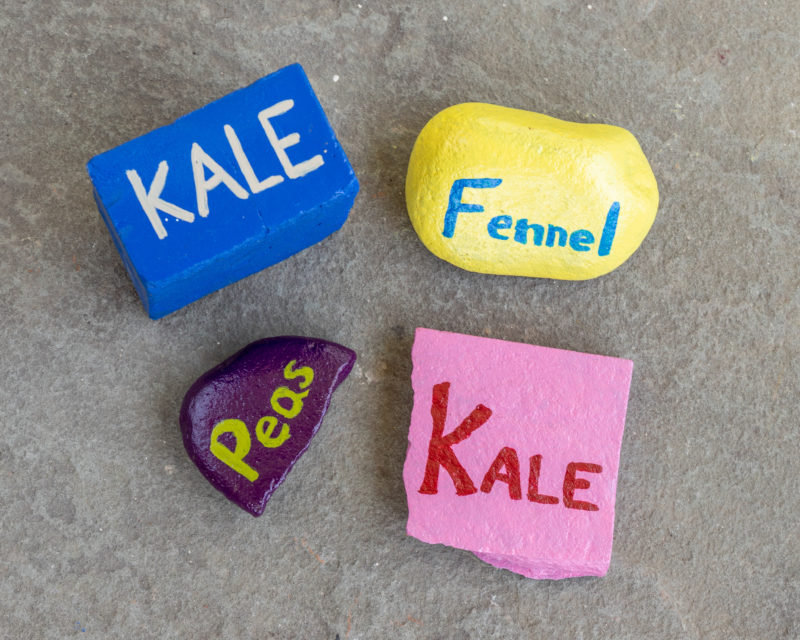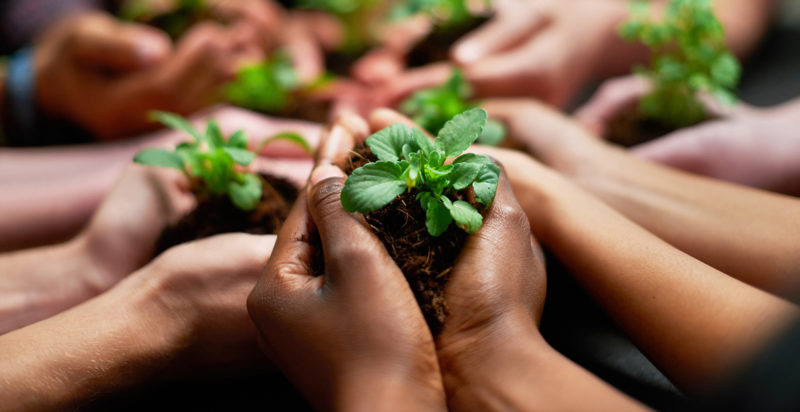Remembering J. Landon Reeve, IV
It’s with great sadness we share news of the death of John Landon Reeve, IV, a longtime American Horticultural Society (AHS) Board member and a prominent leader of the horticultural industry in the greater Washington, D.C. area. Landon died Monday, May 25, 2020. He was 79 years old.
Landon’s career in horticulture started in high school with a part-time summer job at a nursery near his home in Baltimore County, Maryland. After graduating from the University of Maryland with a degree in ornamental horticulture, Landon founded Chapel Valley Landscape Company in 1968. The company, based in Woodbine, Maryland, now employs more than 450 people and has regional offices in Dulles, Virginia, and Canton, Georgia. Over the years, Chapel Valley has been involved with many notable landscaping projects in the  Baltimore/Washington D.C. metro areas including
Baltimore/Washington D.C. metro areas including
the Hirshhorn Museum and Sculpture Garden, the Baltimore Inner Harbor, the National Shrine, and the Vietnam Veteran’s Memorial.
In addition to creating a thriving business, Landon sought out a leadership role, serving as the past president to the Associated Landscape Contractors of America (now National Association of Landscape Professionals), the Landscape Contractors Association: MD, DC, VA, and the Maryland Nursery, Landscape and Greenhouse Association. He was instrumental in raising the professional standards of the horticulture industry by promoting quality workmanship, training and certifications programs, and safety. Even after retiring from Chapel Valley in 2015, he continued to give back to the community through service on the boards of the AHS and the Friends of the U.S. National Arboretum.
Landon became an AHS member in 1988 and served on the AHS Board of Directors from 2006 to 2019. As the organization’s treasurer for many of those years, he brought a level of great professionalism and upward momentum to the AHS that lives on today. He enjoyed sharing his love of plants and gardens with other AHS members and was a regular participant on the annual AHS President’s Council trips and international travel study program tours and at AHS’s major events throughout the years.
Another way Landon supported the AHS was through his company, Chapel Valley, which has been providing invaluable landscape maintenance at the AHS’s River Farm headquarters for many years as an AHS Corporate Member. He took great pride in contributing to River Farm’s care and was always supportive of events such as the annual Spring Garden Market, the Great American Gardeners Awards celebration, and the annual Gala. Earlier this year, Landon was named the 2020 recipient of the AHS’s Meritorious Service Award, which recognizes a past Board member or friend of the Society for outstanding service.
Our hearts go out to Landon’s family. It’s impossible to overstate Landon’s leadership and contributions over the years to the horticultural industry, but those of us who worked with him closely will always remember his passion for plants and the people who work with plants, his commitment to his family and community, and his generosity.
Because of restrictions related to the pandemic, a memorial service will be scheduled at a future date. Landon’s obituary can be seen here. We are humbled that the Reeve family has designated the AHS as one of the nonprofits to receive charitable memorial gifts, in lieu of flowers.
Sincerely,


Erich E. Veitenheimer
Board Chair
American Horticultural Society
 When you picture someone who works professionally with plants, gardeners, plant breeders, and landscape designers probably come to mind. However, digging a little deeper, you’ll find that green-collar careers (those in the environmental sector of the economy) can be found in the art, science, technology, and business of plants. In partnership with
When you picture someone who works professionally with plants, gardeners, plant breeders, and landscape designers probably come to mind. However, digging a little deeper, you’ll find that green-collar careers (those in the environmental sector of the economy) can be found in the art, science, technology, and business of plants. In partnership with  The panel discussion, convened as part of the AHS’s
The panel discussion, convened as part of the AHS’s 



 Baltimore/Washington D.C. metro areas including
Baltimore/Washington D.C. metro areas including
